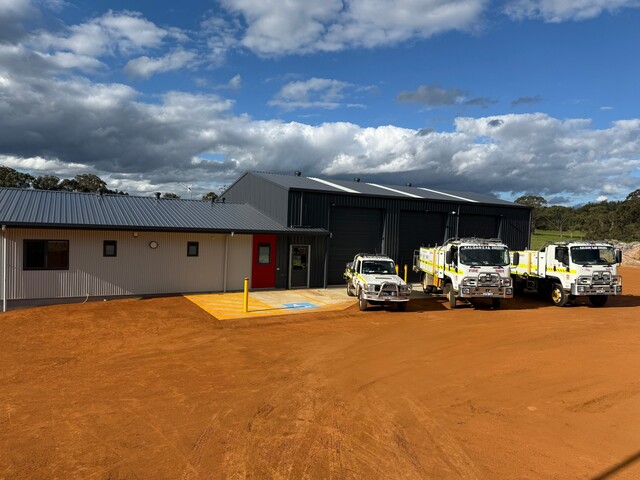Building and construction is one of the sectors causing the most significant depletion of the earth’s natural resources, and has been estimated to account for:
- 42 percent of total energy consumption
- 39 percent of total greenhouse gas emissions
- 50 percent of extracted materials and
- 30 percent of water consumption.
Embodied carbon, also referred to as ‘embodied energy’ or, more recently, ‘upfront carbon emissions’, is the combined impact of all greenhouse gas emissions attributed to a building material during its life cycle.
This cycle encompasses raw material extraction, manufacturing, construction, maintenance, and end-of-life disposal.
The resources we extract from the earth and manufacture into materials used in the construction of buildings contribute substantially to global CO2 emissions.
As a result, it’s important to understand the reasons for these impacts, and to implement the best options to reduce these emissions.
For a little over a century the choice of construction materials, particularly for larger-scale commercial projects, has been dominated by concrete and steel.
The concrete and steel industries have programs in place to reduce their carbon footprints, and cement substitutes are also becoming more commonplace.
However, cement production as a whole currently accounts for around seven to eight percent of global CO2 emissions. Whilst the recycling of concrete offers increasing scope for uptake, the core issue of carbon emissions from cement production itself still needs to be dramatically reduced.
Similarly, the iron and steel industry has also improved its energy efficiency over recent years, but still accounts for approximately six to seven percent of global CO2 emissions.
Of course, steel can be recycled, which studies show to be typically 35 to 40 percent of steel used globally.
These figures are likely to increase as we transition into a low carbon circular economy, in which high-embodied energy materials like steel can theoretically be repurposed indefinitely.
Historically, most of the emissions from buildings were caused by operational energy consumption, mainly to provide heating and cooling.
However, with stricter energy efficiency requirements becoming increasingly the norm, the relative importance of the CO2 emissions as a result of the manufacture of building products (i.e. embodied carbon) is continuing to rise.
The United Nations Environment Global Status Report (2017) has highlighted the global CO2 emissions per sector, shown in the graph below.
As can be seen Building Operations (‘operational carbon’) account for 28 percent of total emissions, and Building Materials and Construction (‘embodied carbon’) account for a further 11 percent of emissions.
Given the scale of new construction planned globally and the lack of market-ready at-scale decarbonisation strategies for construction material production, embodied carbon is likely to increase relative to many other major contributors like industry, transportation and building operations. There’s one obvious solution: use more timber!
The Inter-governmental Panel on Climate Change (IPCC) has stated that: “In the long term, a sustainable forest management strategy aimed at maintaining or increasing forest carbon stocks, while producing an annual sustained yield of timber, fibre or energy from the forest, will generate the largest sustained mitigation benefit.
“Given the high carbon footprint of cement and steel production and the challenges these industries continue to face, responsibly sourced timber as a major building material is becoming a compelling third option.”
Using wood significantly reduces the greenhouse gas emissions that are produced during the building’s construction phase when compared to conventional materials like concrete and steel, which have significantly higher levels of embodied carbon.
Ultimately, the more we build using responsible-
sourced timber, the more CO2 we can sequester from the atmosphere and store as biogenic carbon in the building, and the more embodied carbon can be reduced, which in turn will create an increased demand for timber that will help drive reforestation
and afforestation.
*Copy supplied by Planet Ark








